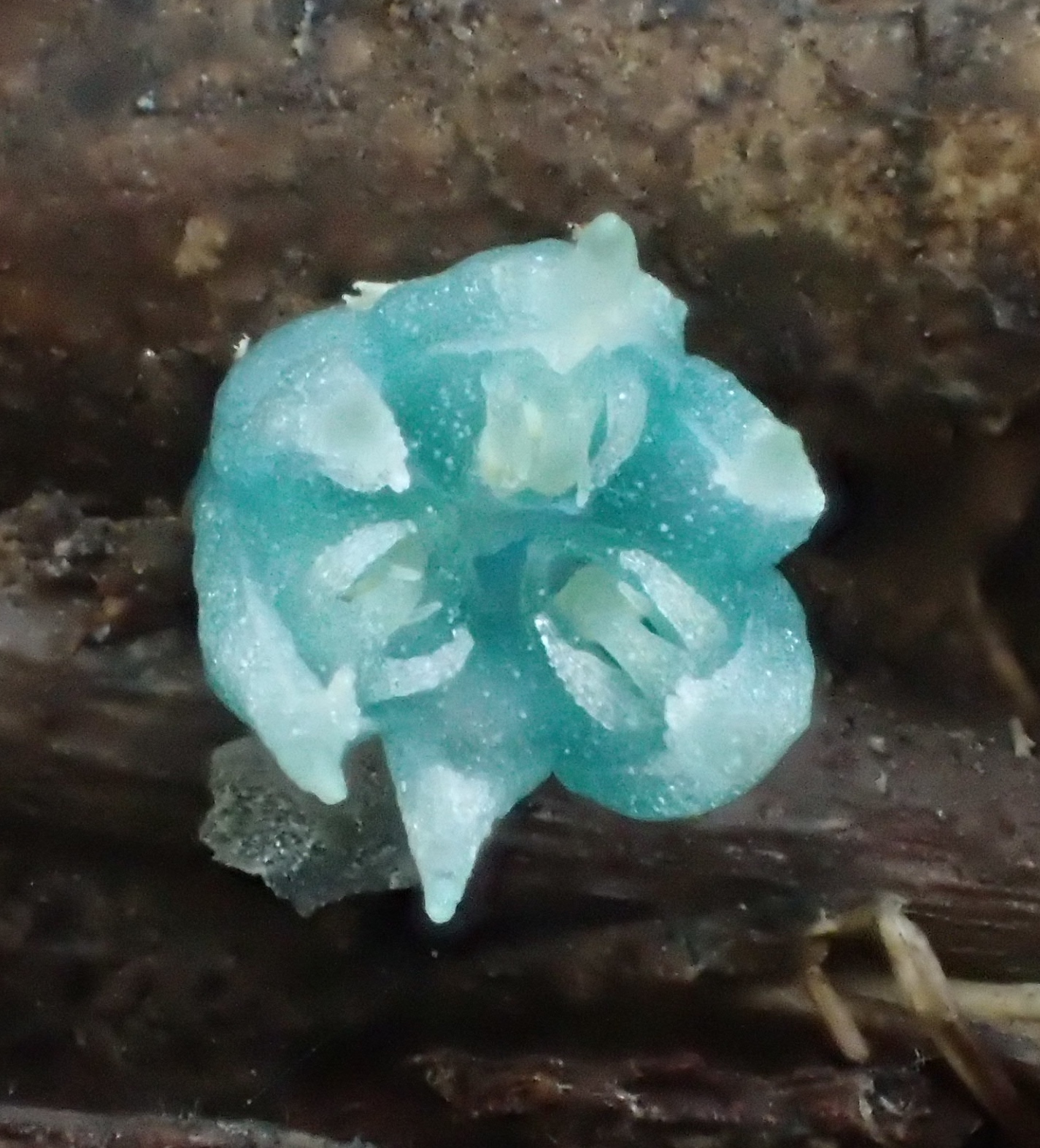Kenji Suetsugu, Ph.D.
Professor, Division of Biodiversity, Ecology and speciation
Research Interests
I was born in Nara City, located in the Nara Prefecture, and spent my formative years in proximity to Nara Park, which boasts a distinct and abundant biota. My childhood experiences imbued me with a keen interest in the intricacies of biological interactions and the natural history of captivating organisms that inhabit terrestrial ecosystems. Recently, my research has been focused on heterotrophic plants, which derive their sustenance from exploiting other organisms for carbon resources, thus losing the capability of photosynthesis. Although mutualisms in biology are frequently perceived as a harmonious and reciprocal exchange of resources between distantly related organisms, there are many instances where this relationship is subverted by organisms that do not reciprocate - heterotrophic plants represent a particularly noteworthy example. By delving into the ecological and evolutionary processes that underlie the transition from autotrophic to heterotrophic plants, we can gain a more profound understanding of the dynamics that exist along the mutualism-parasitism spectrum.
Research Focus
Diverse interactions of heterotrophic plants with their hosts, pollinators and seed dispersers
Recent Publications
- Suetsugu K, Hirota KS, Hsu TC, Kurogi S, Imamura A, Suyama Y (2023)
Monotropastrum kirishimense (Ericaceae), a new mycoheterotrophic plant from Japan based on multifaceted evidence.
Journal of Plant Research 136: 3–18. [Research News] - Suetsugu K, Haraguchi T, Tayasu I (2022)
Novel mycorrhizal cheating in a green orchid: Cremastra appendiculata depends on carbon from deadwood through fungal associations.
New Phytologist 235: 333–343. - Suetsugu K, Matsubayashi J (2021)
Evidence for mycorrhizal cheating in Apostasia nipponica, an early-diverging member of the Orchidaceae.
New Phytologist 229: 2302-2310. - Suetsugu K (2020)
A novel seed dispersal mode of Apostasia nipponica could provide some clues to the early evolution of the seed dispersal system in Orchidaceae.
Evolution Letters 4: 457-464. [Research News] - Suetsugu K, Taketomi S, Tanabe A, Haraguchi T, Tayasu I, Toju H (2020)
Isotopic and molecular data support mixotrophy in Ophioglossum at the sporophytic stage.
New Phytologist 228: 415-419. - Suetsugu K, Matsubayashi J, Tayasu I (2020)
Some mycoheterotrophic orchids depend on carbon from dead wood: Novel evidence from a radiocarbon approach.
New Phytologist 227: 1519-1529. [Research News] - Suetsugu K, Funaki S, Takahashi A, Ito K, Yokoyama T (2018)
Potential role of bird predation in the dispersal of otherwise flightless stick insects.
Ecology 99: 1504. [Research News] - Suetsugu K (2018)
Independent recruitment of a novel seed dispersal system by camel crickets in achlorophyllous plants.
New Phytologist 217: 828-835. [Research News] - Suetsugu K, Yamato M, Miura C, Yamaguchi K, Takahashi K, Ida Y, Shigenobu S, Kaminaka H (2017)
Comparison of green and albino individuals of the partially mycoheterotrophic orchid Epipactis helleborine on molecular identities of mycorrhizal fungi, nutritional modes, and gene expression in mycorrhizal roots.
Molecular Ecology 26: 1652-1669. [Research News] - Suetsugu K, Kawakita A, Kato M (2015)
Avian seed dispersal in a mycoheterotrophic orchid Cyrtosia septentrionalis.
Nature Plants 1: 15052.
Contact
Office/Lab: Building C, room 318
Tel: +81-78-803-5713
E-mail: suetsugu@people.kobe-u.ac.jp
 JAPANESE
JAPANESE 
